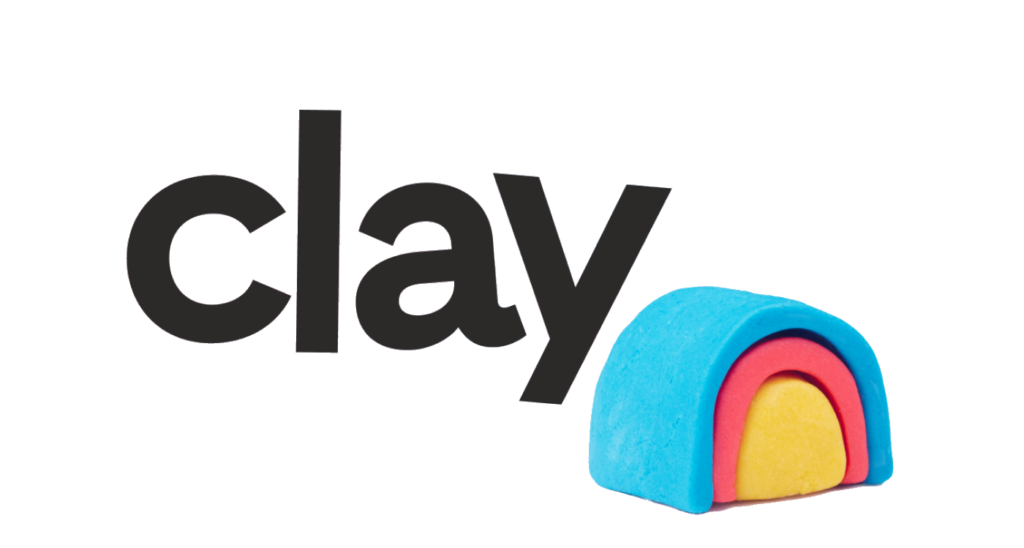Isotope
Connect Isotope with Webflow to add dynamic filtering, sorting, and animated grid layouts to CMS collections.

How to integrate Isotope with Webflow
Isotope adds real-time search, multi-criteria filtering, and custom sorting with animated transitions that Webflow's native filtering doesn't support. Use it when you need complex product catalogs with faceted search, portfolio sites with multiple taxonomy filters, or content libraries where users filter and sort through hundreds of items.
You can add Isotope through custom Code Embeds or build with the Webflow API for dynamic content updates.
Add Isotope through custom Code Embed
Add the Isotope library to your Webflow project and initialize it on CMS collection lists. Content teams manage items through Webflow's CMS interface while you control filtering logic through JavaScript.
Follow the five steps below to set up this integration:
- Include the Isotope library in your project through CDN or npm installation
- Structure your CMS collection with filter categories and sortable fields as custom fields in Webflow
- Add filter buttons to your page that target specific categories using CSS selectors or data attributes
- Initialize Isotope on your collection list wrapper with your chosen layout mode
- Configure filtering logic using category-based filtering or custom filter functions
Common implementation patterns include:
- Category filtering with CSS selector patterns for simple taxonomy-based navigation
- Search functionality using filter functions that test element content against user input
- Combination filters that apply multiple criteria simultaneously for faceted navigation
- Dynamic sorting through
sortByconfiguration based on data attributes or element properties.
Isotope supports modern browsers (Chrome, Firefox, Safari, Edge) and mobile platforms. And performs well with collections up to several hundred items.
For larger datasets, consider pagination or lazy loading to maintain responsive filtering. The library handles layout calculations efficiently, but extremely large grids may benefit from layout optimization through appropriate layout modes.
Implement category-based portfolio filtering
Portfolio sites use Isotope's category filtering to organize work samples by multiple taxonomies. Create CMS items for each portfolio piece with category fields, then implement filter buttons that show relevant work.
Add category data to your CMS items as multi-reference fields or option fields in Webflow. Reference these categories in your collection list items using data attributes that Isotope can target.
Build product catalogs with multi-criteria filtering
E-commerce implementations simultaneously filter by multiple attributes like category, price range, availability, and custom product features. Isotope handles this through filter functions that evaluate multiple conditions.
Create CMS fields for each filterable attribute and expose them as data attributes on collection items. Implement filter controls that update the active criteria, then write a filter function that tests elements against all active filters, like so:
var filterFns = {
priceRange: function() {
var price = $(this).attr('data-price');
return price >= minPrice && price <= maxPrice;
},
category: function() {
var category = $(this).attr('data-category');
return activeCategories.includes(category);
}
};
$grid.isotope({
filter: function() {
return filterFns.priceRange.call(this) && filterFns.category.call(this);
}
});
Build with Webflow and Isotope through API integration
Connect Isotope to the Webflow CMS Collections API for programmatic content management and Webflow webhooks for automatic updates when content changes. Content teams manage filterable items through Webflow's CMS while you control complex filtering logic.
Authenticate using the Webflow Data API to fetch collection items programmatically and render them with Isotope layout and filtering.
API implementation patterns include:
- Fetching collection items using the
GET /collections/{collection_id}/items endpointto retrieve content with custom fields - Setting up real-time content updates through webhook triggers for
collection_item_created,collection_item_changed, andcollection_item_deletedevents - Generating HTML from API responses and initializing Isotope on the rendered content for dynamic rendering
- Deriving filter configuration from collection field schemas to maintain consistency between CMS structure and filtering interface
API access requires OAuth 2.0 or token authentication with appropriate scopes. Request cms:read for fetching collection data and cms:write if your implementation updates content programmatically.
Create webhooks using the POST /sites/{site_id}/webhooks endpoint to receive notifications when CMS content changes. When your endpoint receives a webhook, fetch updated collection data and refresh the Isotope layout.
Implement real-time content filtering with CMS updates
Build catalogs that update automatically when content teams publish new items or modify existing ones. This pattern combines API-fetched content with Isotope's filtering while content teams use Webflow's CMS.
Fetch collection items on page load using the Collections Items API endpoint, render them as HTML, then initialize Isotope on the container. Set up webhooks to detect content changes and refresh specific items without full page reloads.
What you can build
Isotope adds dynamic filtering and animated layout transitions to Webflow sites.
- E-commerce product catalogs: Filterable product grids where customers narrow results by category, price range, and availability with instant visual feedback—like filtering shoes by size, color, and brand simultaneously.
- Portfolio websites with project galleries: Case study showcases where visitors filter work samples by industry, service type, and project scale—useful for design agencies organizing hundreds of projects across multiple categories.
- Content libraries and resource centers: Searchable knowledge bases where users filter articles, documentation, and tutorials by topic, format, and difficulty level with real-time search.
- Real estate property listings: Property browsers with multi-criteria filtering by location, price, bedrooms, and amenities, showing available properties with smooth layout transitions as users adjust search parameters.
Frequently asked questions
Add a custom class to your collection list in Webflow, then target that class in your JavaScript. Place your script in the page's custom code Before tag section. The Isotope initialization documentation shows jQuery, vanilla JavaScript, or HTML data attribute methods:
var $grid = $('.collection-list').isotope({ itemSelector: '.collection-item', layoutMode: 'fitRows', getSortData: { name: '.name', category: '[data-category]' } });Isotope replaces Webflow's native filtering when you need client-side dynamic filtering with animations. Webflow's native filters work at design time and affect which items render on page load. Isotope operates after page load, showing and hiding items with transitions.
Use Isotope for multi-criteria filters, real-time search, or custom sorting. Use native Webflow filtering for simple category filtering where page reloads are acceptable.
The Isotope layout modes documentation provides seven options. Masonry works well for varying heights like blog grids or portfolio items. fitRows suits uniform content like product cards. Packery optimizes space for efficient bin-packing layouts.
Configure your layout mode during initialization based on your CMS item structure and test with actual content.
Yes. Isotope automatically recalculates layouts when viewport dimensions change, working alongside Webflow's responsive design system. Configure your Webflow collection items with responsive styles, then Isotope handles layout recalculation at all breakpoints.
The Isotope methods documentation describes the
layoutmethod for manual recalculation if needed. For mobile, consider simpler layout modes likefitRows.

Description
Isotope is a JavaScript grid layout library that enables dynamic filtering, sorting, and layout functionality for web content. The library provides [seven layout algorithms](https://isotope.metafizzy.co/layout-modes) including Masonry, Packery, and fitRows, along with category-based filtering and flexible sorting capabilities. Developers use Isotope to create interactive portfolio galleries, product catalogs, and filterable content interfaces with smooth animations.
This integration page is provided for informational and convenience purposes only.

PostgreSQL
Connect PostgreSQL with Webflow to sync database records to CMS collections and build data-driven websites.

xAttribute
Connect xAttribute with Webflow to manage custom HTML attributes through visual controls and templates.

Wrk
Connect Wrk with Webflow to automate workflows triggered by website events, form submissions, and CMS updates.

PostgreSQL
Connect PostgreSQL with Webflow to sync database records to CMS collections and build data-driven websites.

Clay
Connect Clay’s data enrichment and automation with Webflow to build personalized, dynamic landing pages at scale — automate content updates and sync enriched data to CMS collections, no code required.

Xano
Connect your Webflow site to a powerful no-code backend platform that handles databases, APIs, and business logic — all without writing server-side code.

Wix
Connect Wix's business tools and scalable infrastructure with Webflow's design flexibility to create powerful, integrated web experiences. This integration enables agencies to design in Webflow while managing content in Wix, synchronize data between platforms, and leverage the strengths of both builders.
Zoho Flow
Connect Zoho Flow with Webflow to automate workflows, sync form data, and trigger actions across 1,000+ apps.

Whalesync
Instantly sync data between Webflow and other apps like Airtable, Notion, or Google Sheets. Whalesync is the easiest way to sync data from Airtable to Webflow. Simply map the fields in your Webflow CMS to create a real-time, two-way sync. We support text, rich text, images, dates, selects, and even multi-reference fields out of the box. Whalesync gives you the power of real-time, two-way data syncing across all your apps, all without code.


